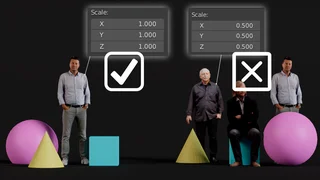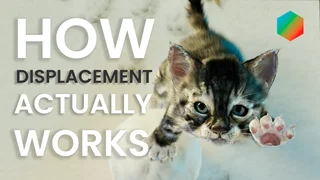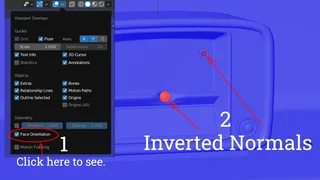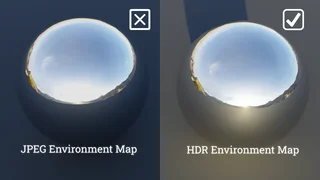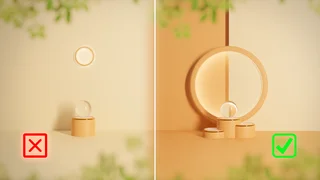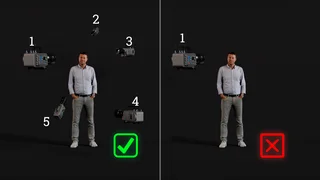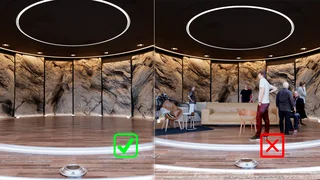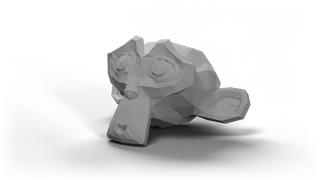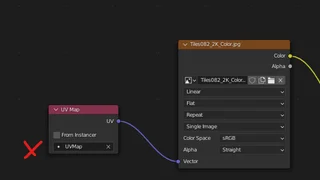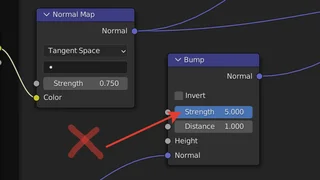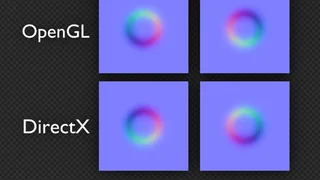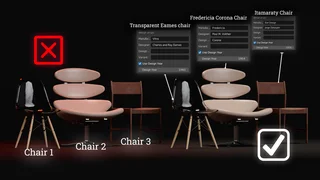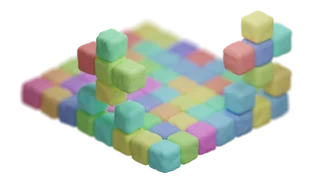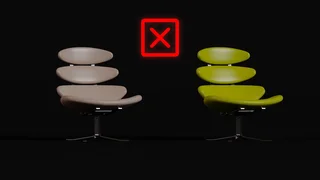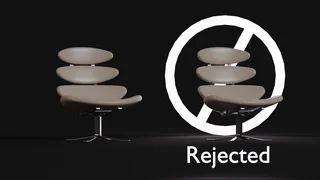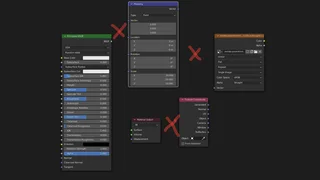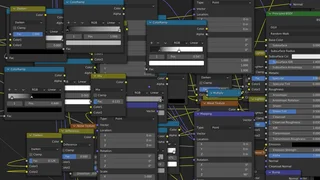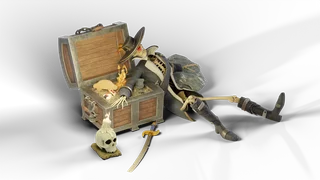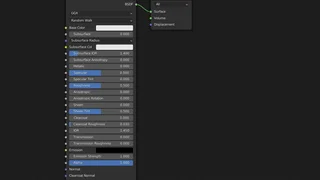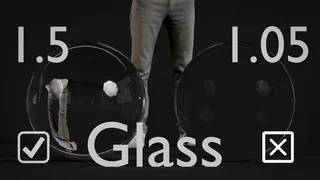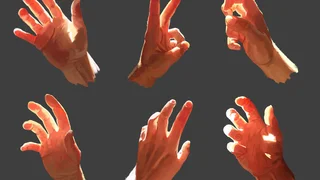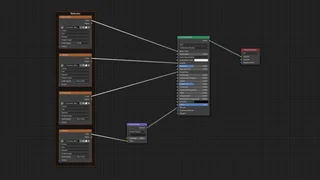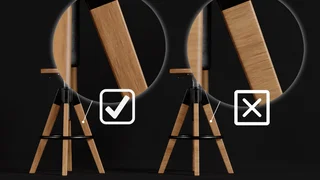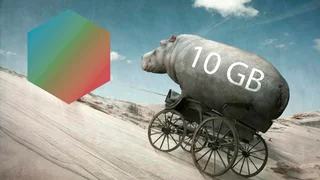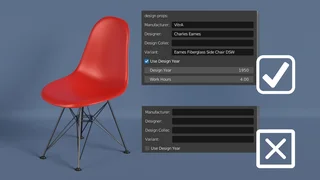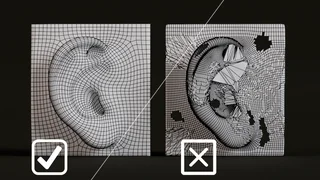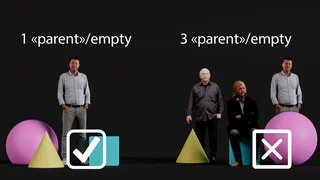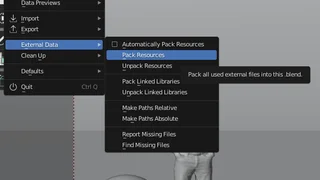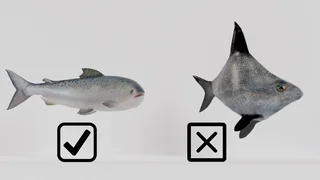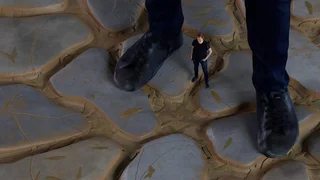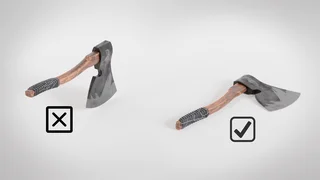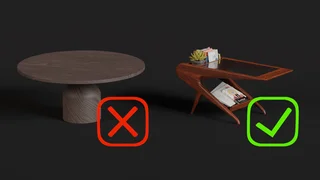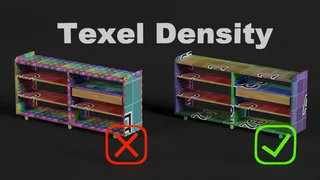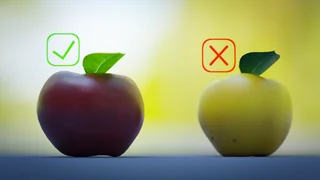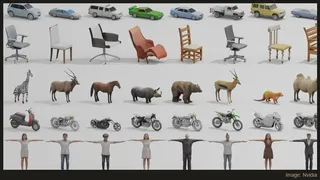Why applying scale (and rotation) matters? 🔗
One of the biggest mistakes Blender newbies make is to forget to apply scale (and rotation in many cases) to models whenever it is possible.
First, let's talk about how to apply transforms:
- Make sure you are in Object mode (TAB if you are in Edit mode)
- Hit CTRL + A or go to menu Object -> Apply
- Hit Scale or rotation or rotation/scale
But what is asymmetrical scaling? And why to apply scale?
Applying scale 🔗
Each object in Blender 3D has its own scale. This is different from the dimensions of the object - these are specified in the Dimensions parameter.
You can scale to objects along all axes (symmetrically), or along one or two axes - asymmetrically. This is usually what you do if you want to get the basic shape of your model quickly and you do it in object mode.
Applying scale means that the size of the object stays the same, but the Scale values are reset to 1 in all axes.
Why is scaling so important? 🔗
Units
If you want your models to have accurate dimensions, you will want to move the vertices a certain distance even in edit mode. Some Blender operators use global units and some use local units. A good example is Bevel. If you bevel objects with a radius of say 1mm, but the scale of the object is not reset, the bevel will be the size multiplied by the values that are in the scale parameter. This means that even if you have symmetrical scaling but it is not applied, the bevel on the edge of the object will be in a different size than you wanted.
The same applies to modifiers. Try applying the Bevel modifier to the default cube that you simply stretch along one axis.
Hierarchy and animation
Other serious problems arise if you start putting your objects into a hierarchy.
Chaos can occur in various areas - the distance of objects from each other will not be clear (numerically) and once you start rotating or animating objects, all hell will break loose.
It will also make other things like copying animations between objects to each other, etc, virtually impossible.
So let's hope that's clear as day now. Just apply scale whenever you can :)
What about rotation? 🔗
Applying rotation isn't as crucial, but still sometimes important.
When to apply rotation?
- If you need a different 'default' rotation (after you reset rotations).
- If you want the object to snap correctly to other objects. In the BlenderKit database, all objects have the same snapping system, as described in the upload tutorial.
- If it will make animating is more convenient for you.
- For particles or instances, you sometimes need to apply rotation, so the instances are rotated well to the instancer surface.
Thanks for reading and scaling!
